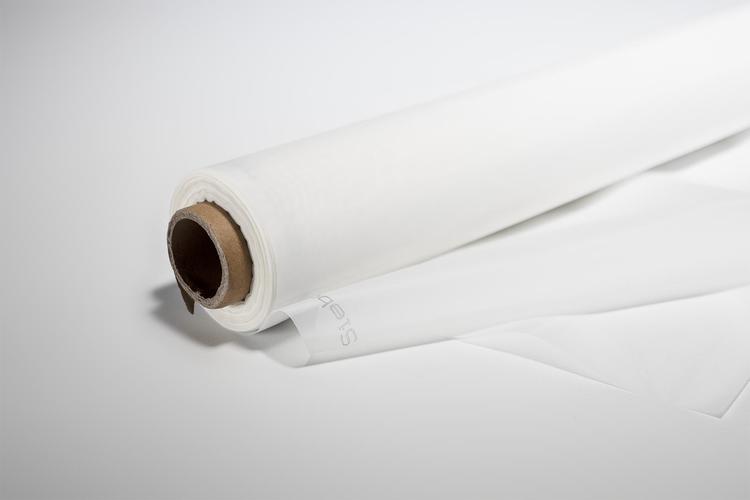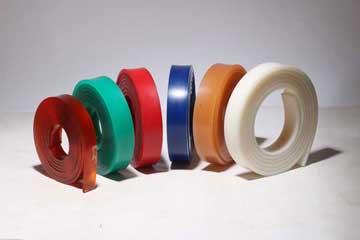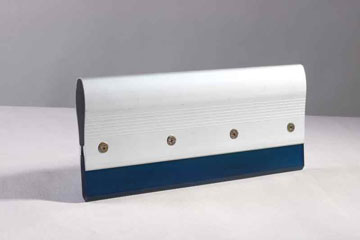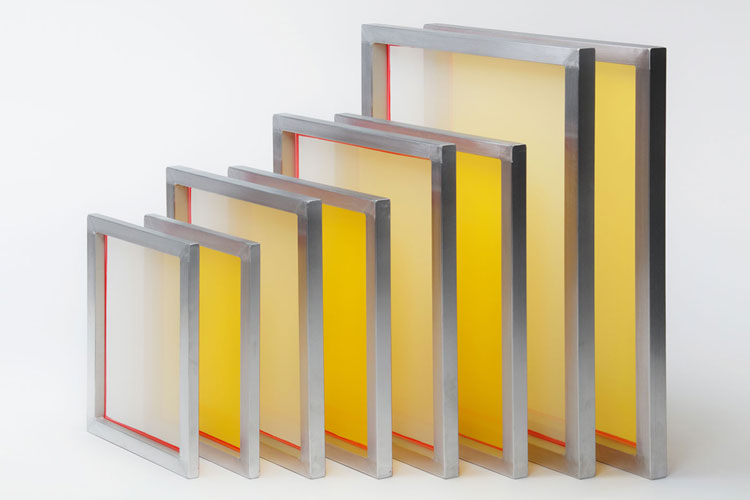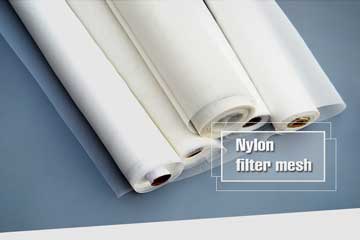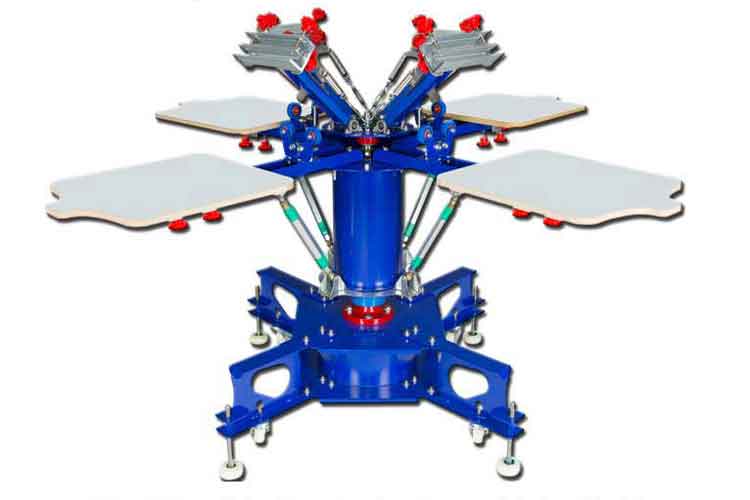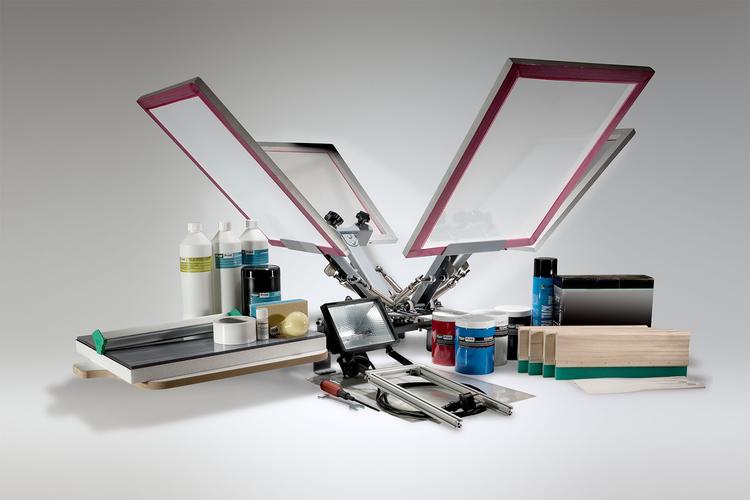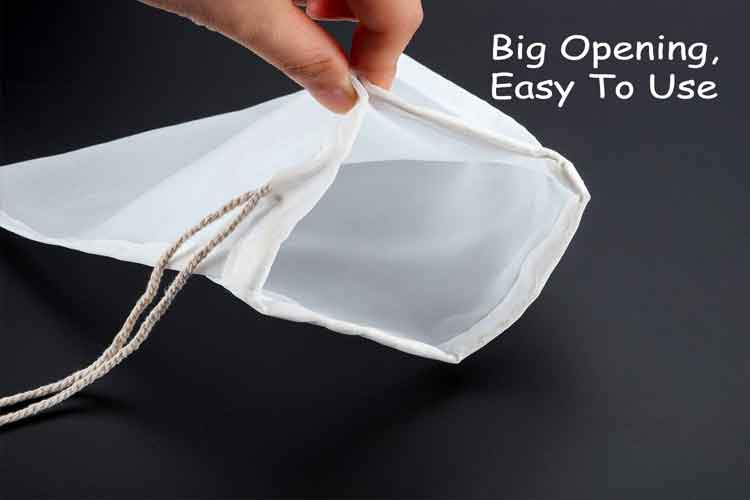Boost Print Quality with Premium Silk Screen Squeegee Rubber
The role of silk screen squeegee rubber in screen printing cannot be overstated. It is the interface that pushes ink through mesh onto substrates; its material, hardness, and shape directly influence print quality, consistency, and production cost. By cho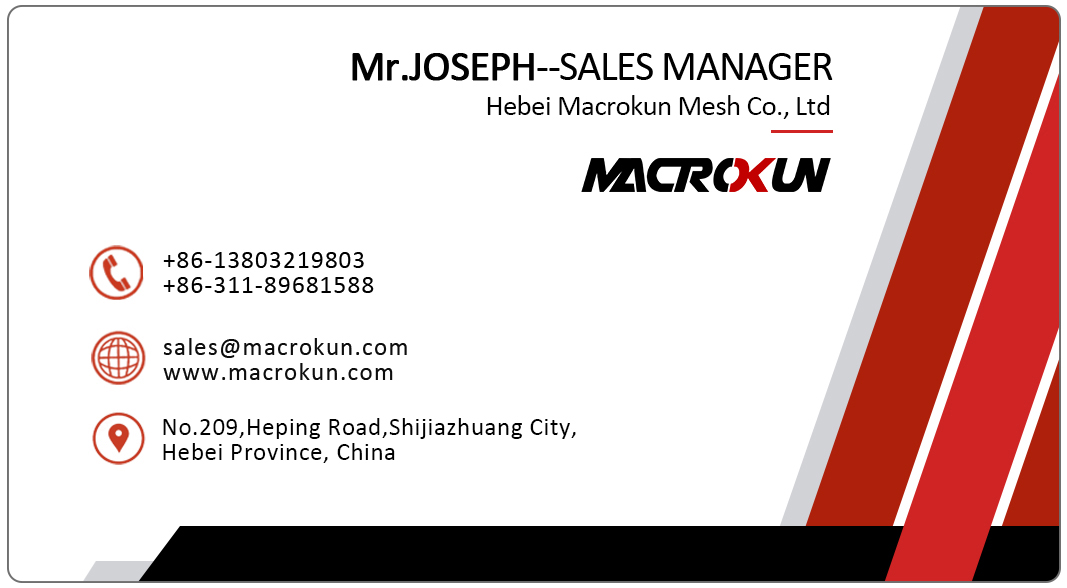
In screen printing, every element of the process affects the final result. Among these, the silk screen squeegee rubber plays a vital role in determining print clarity, ink deposit, and overall consistency. Whether you operate a small custom apparel shop, produce promotional items, or handle technical prints for electronics or industrial components, choosing the right squeegee rubber can transform your output from average to exceptional.
.jpg)
This article begins with a concise overview of common themes found in leading product pages for “silk screen squeegee rubber,” then moves into an in-depth presentation of features, benefits, selection guidelines, and maintenance advice. The aim is to guide you toward understanding why premium squeegee rubber matters and how to select the best option for your printing needs.
Market Overview: What Top Pages Emphasize
A review of prevalent market content around silk screen squeegee rubber reveals consistent emphasis on:
-
Material Durability and Resistance. High-performing offerings highlight rubber or polyurethane formulations that resist abrasion, ink solvents, and frequent use without rapid wear.
-
Durometer (Hardness) Options. Manufacturers typically present multiple durometer levels (soft, medium, hard, even multi-layer blades) to suit varied ink types, substrate textures, and detail requirements.
-
Blade Profile and Shape. Guides often cover different edge shapes—square, bevel, round—showing how each affects ink coverage, edge sharpness, and print detail.
-
Compatibility with Inks and Substrates. Quality squeegee rubber must handle water-based, solvent-based, and specialty inks, as well as diverse substrates like cotton, polyester blends, plastics, glass, or circuit-printed materials.
-
Maintenance and Longevity. Advice on cleaning, storage, and edge rotation appears commonly, underscoring that correct care extends service life and protects screens from damage.
-
Performance in Automatic vs. Manual Presses. Some offerings distinguish between blades optimized for manual hand presses versus those built for high-speed, high-volume automatic presses.
These themes reflect what users tend to research when choosing squeegee rubber: durability, correct hardness, suitable profile, and reliable performance under real-world conditions.
Understanding Silk Screen Squeegee Rubber
At its core, the silk screen squeegee rubber is the flexible blade component of a squeegee assembly. As you pull or push the squeegee across the screen mesh, the rubber blade presses ink through the mesh openings onto the substrate. Key factors in the rubber include:
-
Material Composition. Traditional natural rubber may be used in simpler, low-volume contexts, but modern high-performance blades often rely on polyurethane or specially formulated blends. These materials resist swelling or degradation when in contact with various inks and cleaning chemicals.
-
Durometer Hardness. Measured on the Shore A scale, durometer indicates how soft or firm the rubber is. A softer blade deposits more ink and flexes to accommodate uneven surfaces; a harder blade yields sharper edges and finer detail but deposits less ink.
-
Blade Profile. The cross-sectional shape of the blade edge—square, bevel (angled), or round—affects how the ink is released and the crispness of the printed edge. Different profiles are chosen based on the design detail and substrate characteristics.
-
Dimensions and Fit. Length and width must match your squeegee holder or press specification. Consistent thickness is also important for uniform pressure across the screen.
Selecting the optimal combination of these variables ensures accurate ink laydown, clean edges, and minimized risk of scratching or damaging the mesh.
Key Features of Premium Squeegee Rubber
When evaluating or comparing products labeled as high-quality silk screen squeegee rubber, look for the following features:
1. High-Quality Polyurethane or Specialized Rubber Compounds
-
Abrasion Resistance. A blade that retains shape and edge sharpness through thousands of pulls reduces replacement frequency.
-
Chemical Resistance. Compatibility with water-based, plastisol, solvent-based, or specialty inks prevents the blade from softening or degrading.
-
Tear and Rip Resistance. Resilience under high pressure or when printing on textured substrates protects the blade and prevents bits of rubber from contaminating prints.
2. Graduated Durometer Options
-
Soft (around 50–60 Shore A). Suited for heavy ink deposition on rough or uneven surfaces. Ideal for thick inks or deep textures.
-
Medium (around 70–75 Shore A). A versatile choice for general garment printing or moderate-detail work, balancing ink flow and edge definition.
-
Hard (around 80–85 Shore A). Best for finer lines, high-detail graphics, and thinner inks where crisp edges are critical.
-
Extra Hard or Multi-Durometer (around 90 Shore A or layered constructions). Tailored for automatic presses or specialized applications requiring minimal blade flex and maximum repeatability.
3. Precise Edge Profiles
-
Square Edge. Provides even ink coverage; common for broad, bold designs.
-
Beveled/Angled Edge. Produces sharper print edges; helpful for medium to fine details.
-
Rounded Edge. Assists with consistent ink flow on textured or uneven substrates; may reduce drag in certain applications.
4. Consistent Cross-Section and Tolerance Control
Premium blades are manufactured to tight thickness tolerances so that pressure applied across the screen is uniform, yielding even prints without streaks or missed spots.
5. Longevity and Serviceability
-
Regrindable Surfaces. Some urethane blades can be re-ground to refresh worn edges, extending usable life.
-
Stable Dimensions Over Time. A blade that does not warp or stretch under tension remains reliable for repeat jobs and reduces downtime.
Choosing the Right Squeegee Rubber for Your Needs
Determining the best silk screen squeegee rubber involves matching blade characteristics to your particular printing tasks:
A. Identify Substrate and Ink Type
-
Fabric/Textile Printing. For cotton, blends, or specialty fabrics:
-
Softer to medium durometer often gives vibrant, opaque coverage.
-
Use a slightly softer edge for uneven fabric textures; if printing fine detail on a smooth fabric, choose medium or firm durometer with a bevel edge.
-
-
Rigid Substrates (Plastic, Glass, Metal). For decals, rigid panels, or screen-printed electronics:
-
A firmer blade provides sharper lines and precise placement of thin ink layers.
-
Chemical resistance is critical if inks or cleaners are aggressive.
-
-
Specialty Inks. UV-curable or solvent-rich inks:
-
Ensure blade material resists swelling or breakdown when in contact with these chemistries.
-
B. Determine Design Complexity and Ink Deposit Requirements
-
Bold, Large-Area Designs. Softer blades with square edges help push larger volumes of ink through.
-
Fine Lines and Small Text. Harder blades with angled edges achieve crisp delineation and reduce ink bleed.
C. Consider Printing Equipment
-
Manual/Hand Press Use. Often favors medium-durometer, versatile blades that accommodate operator variations in pressure.
-
Automatic/High-Speed Press Use. Benefits from extra-hard or multi-layer blades that resist flex at speed and deliver consistent prints across long runs.
D. Evaluate Production Volume and Maintenance Capacity
-
Low-Volume or One-Off Jobs. A mid-range blade may suffice; focus on cost-effectiveness.
-
High-Volume Production. Investing in premium blades with long life and capacity for regrinding can reduce frequent replacements and downtime.
Best Practices for Squeegee Rubber Maintenance
Proper care of your silk screen squeegee rubber maximizes print quality and extends blade life. Follow these guidelines:
-
Immediate Cleaning After Use.
Remove any residual ink promptly before it cures. Use gentle, ink-appropriate cleaners to avoid attacking the rubber compound. -
Avoid Harsh or Incompatible Chemicals.
Even if a blade is chemical-resistant, prolonged exposure to strong solvents may degrade it. Always follow ink and cleaning product recommendations. -
Rotate or Reposition Blades.
When edges begin to show wear, rotate the blade or switch to a fresh edge if the design of the blade allows. This evens out wear over multiple edges. -
Check Edge Condition Regularly.
Inspect for nicks, cuts, or uneven wear, as these can mar prints or damage screens. Replace or regrind blades as needed. -
Proper Storage.
Store blades flat, away from direct sunlight, heat sources, or chemicals, to prevent warping or premature aging. -
Regrinding (If Applicable).
For blades designed to be re-ground, follow safe procedures and use appropriate equipment to restore a sharp edge. Ensure thorough cleaning afterward before reusing.
Why Choose Our Silk Screen Squeegee Rubber
Our offering of silk screen squeegee rubber is engineered to meet rigorous demands of modern screen printing operations:
-
Premium Material Formulation. We use top-grade polyurethane compounds chosen for excellent abrasion and chemical resistance. The result is a blade that remains dimensionally stable and sharp through extended use.
-
Broad Durometer Range. From soft through extra-hard, including layered (dual/triple) options, we supply blades that match virtually any print scenario—from heavy-ink textile work to ultra-fine technical prints.
-
Precise Edge Profiles. Our blades are available in square, bevel, and round edge options, manufactured with tight tolerances so that each print stroke is consistent.
-
Custom Sizing. We offer standard lengths and widths for common press holders, as well as custom-cut blades to fit specialized equipment.
-
Quality Inspection. Every batch undergoes inspection for correct durometer hardness and uniform thickness, ensuring reliable performance right out of the package.
-
Guidance and Support. Though we avoid showing web links or overt SEO advice in this text, our team provides clear instructions on selecting the right blade, caring for it, and optimizing your print results.
Illustrative Use Cases
-
Custom Apparel Shop. A printer switched to our medium-durometer squeegee rubber with a bevel edge when expanding into detailed logo work. The sharper edges improved print definition, and the blade’s durability allowed longer runs before replacement.
-
High-Volume Promotional Printing. A production house running thousands of pieces per day found that our extra-hard, layered blades resisted wear on the automatic press, reducing downtime and costs associated with frequent blade changes.
-
Technical Electronics Printing. For printed circuit overlays, a firm polyurethane blade with a precise edge profile enabled crisp deposition of conductive inks, meeting stringent industry tolerances.
These examples demonstrate how matching blade characteristics to the task yields significant improvements in quality and efficiency.
Summary and Next Steps
The role of silk screen squeegee rubber in screen printing cannot be overstated. It is the interface that pushes ink through mesh onto substrates; its material, hardness, and shape directly influence print quality, consistency, and production cost. By choosing premium-grade polyurethane blades in the correct durometer and profile, and by maintaining them properly, any printing operation—whether small-scale or industrial—can achieve sharper images, better ink laydown, and longer blade life.
If you seek to elevate your print results, consider evaluating your current squeegee rubber: Are you using the ideal hardness for your inks and substrates? Is the blade material resisting your cleaning solvents and production demands? Investing in the right silk screen squeegee rubber today pays dividends in fewer print defects, less downtime, and more consistent output.
Tags: 0.1 micron filter bag 0.5 micron filter bag 1 micron filter bag 50 micron filter bag 25 micron filter bag 10 micron filter bag 1000 micron filter bag 5 micron filter bag micron filter bag micron filter bags 25 micron filter bags 100 micron filter bag 180 micron filter bag 250 micron filter bag 200 micron filter bag 200 micron filter bags 100 micron filter bags 1 micron filter bags micron filter bags near me 05 micron filter bag 30 micron filter bag 150 micron filter bag 10 micron filter bags 200 micron filter bag wholesale 0.1 micron filter bag wholesale 500 micron filter bag 400 micron filter bag 50 micron filter bag wholesale 400 micron filter bag wholesale 20 micron filter bag 0.1 micron filter bag factory in china 500 micron filter bag factory in china 20 micron filter bag wholesale 5 micron filter bag wholesale 250 micron filter bag factory in china 150 micron filter bag wholesale in china micron filter bag wholesale in china 190 micron filter bag 400 micron filter bag factory in china
Pre:Revolutionizing Print Quality: The Science Behind Premium Silk Screen Squeegee Rubber
Next:Achieve Superior Results with the Right Small Screen Printing Squeegee
Tags:
